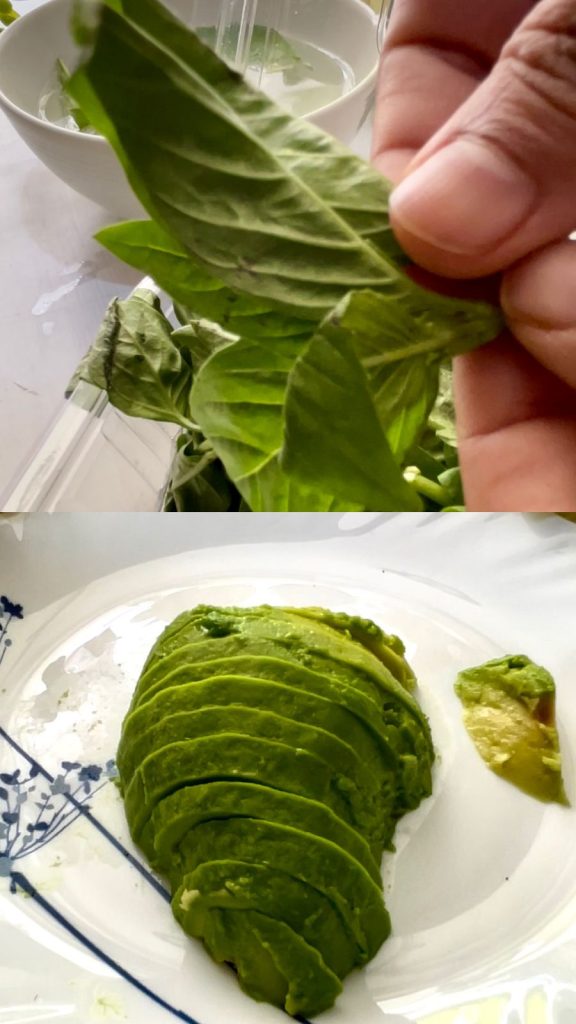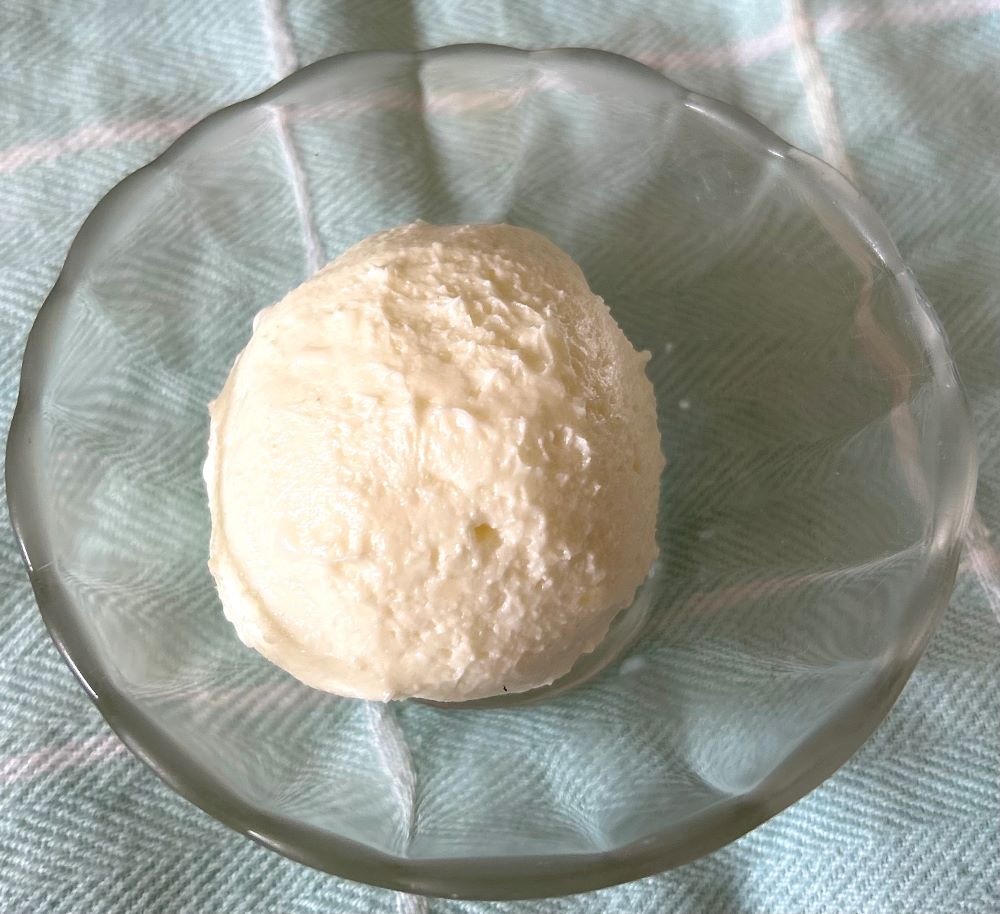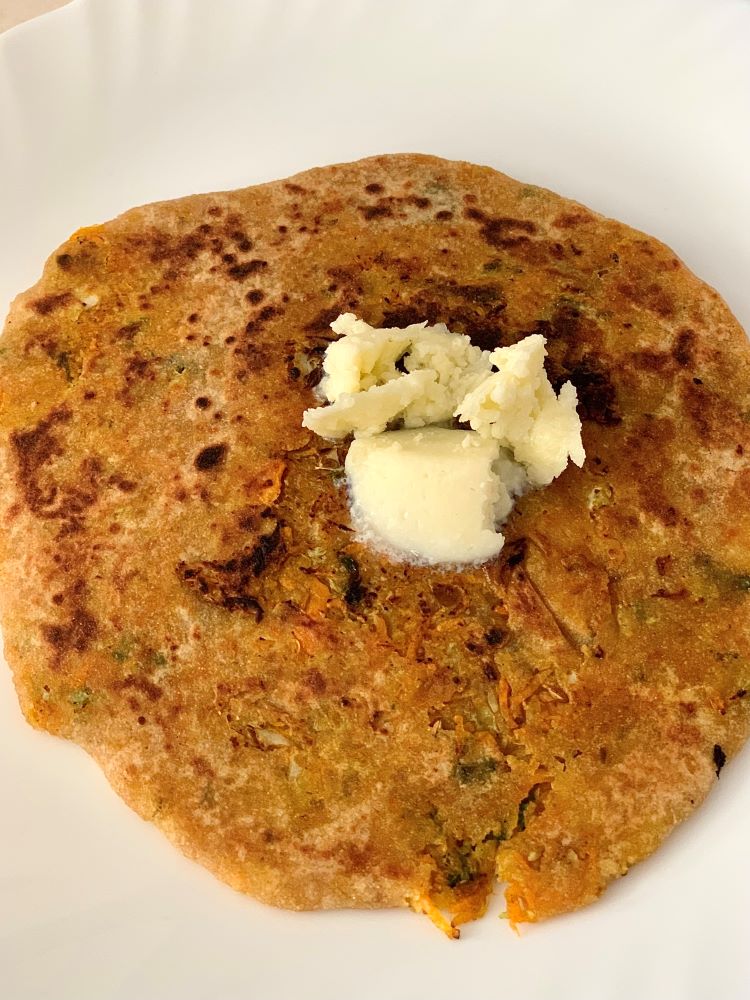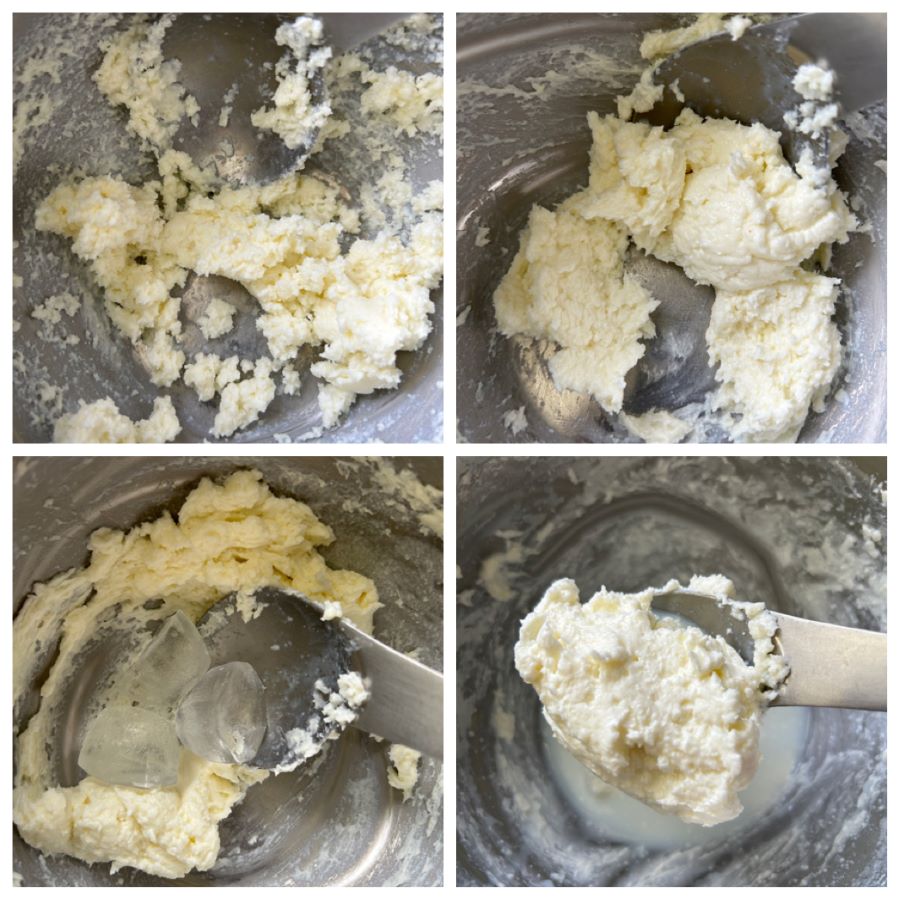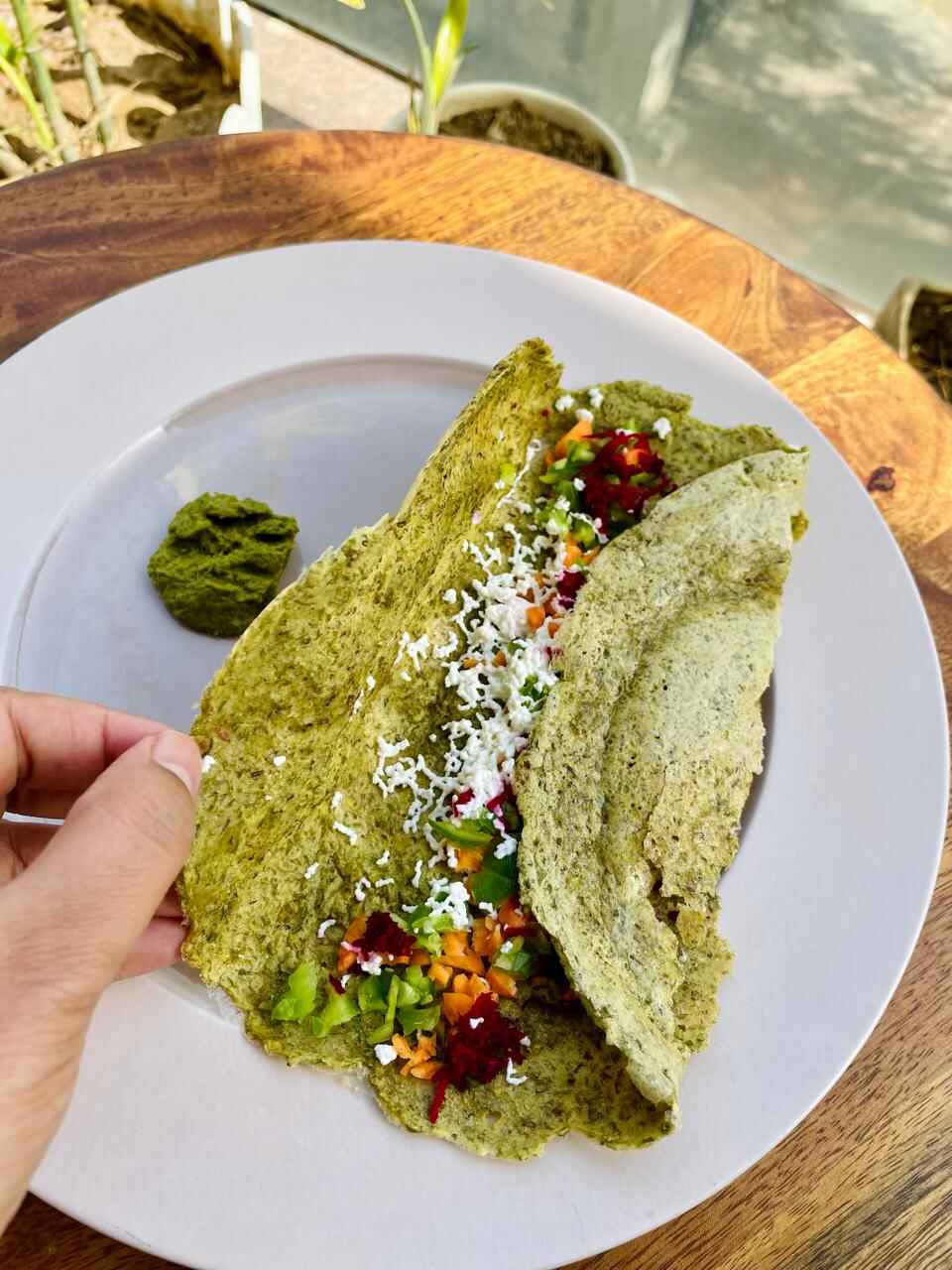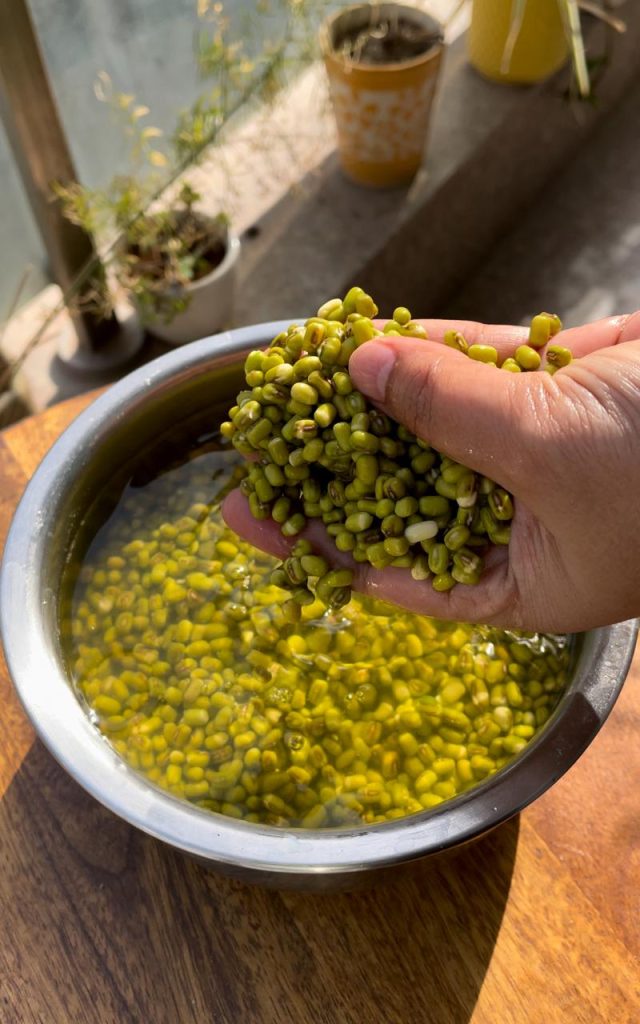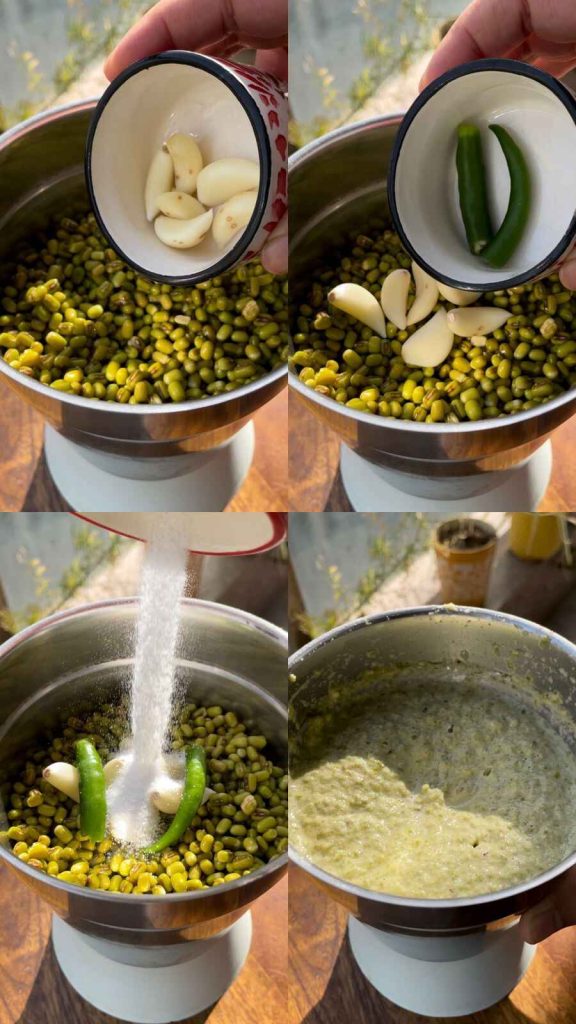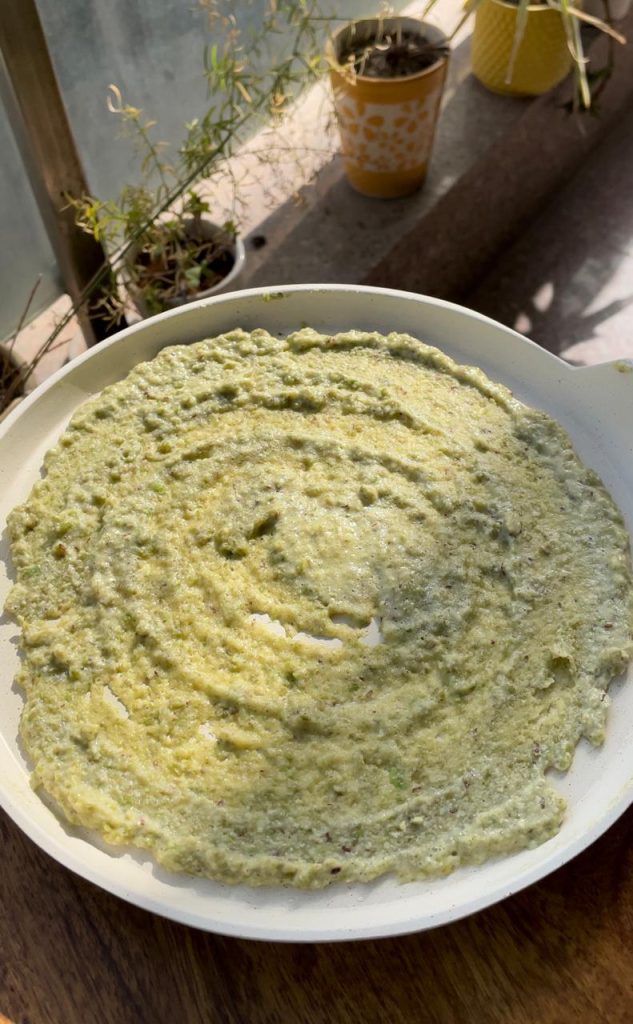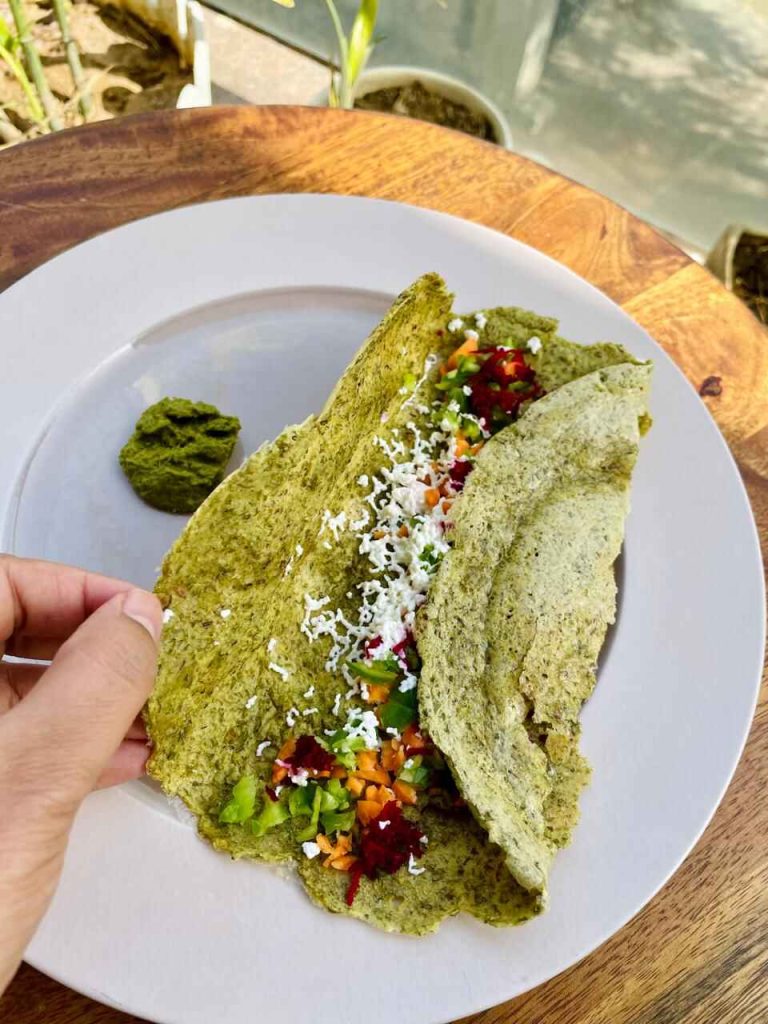
When winter rolls around, or when I’m on a diet, there’s one recipe I always turn to: Jowar Bajra Paratha. This wholesome and nutritious paratha is incredibly satisfying and pairs beautifully with jaggery or any curry sabji. Not only is it a staple during colder months, but it’s also a fantastic option for those looking to incorporate more healthful grains into their diet. So lets see how to make perfect jowar bajra paratha.
Ingredients:
1 cup Jowar Flour
1 Cup Bjara Flour
Water as needed
Ghee for Cooking
Instruction:
In a mixing bowl, combine the jowar flour and bajra flour. Gradually add hot water to the flour mixture. Keep adding water until the mixture comes together to form a soft and pliable dough. Knead the dough for a few minutes until it becomes smooth. The hot water helps in binding the flours.

Divide the dough into equal-sized portions to make roti. Take a portion of the dough and dust some flour to prevent sticking. Roll out the ball into a round roti. Heat a tawa on medium-high heat. Place the rolled paratha on the hot tawa. Cook for a minute Flip the paratha and cook the other side. Apply ghee on both sides for added flavor and to keep the roti moist.

Once both sides are cooked and crispy, remove the roti from the tawa. Serve hot with jaggery or a curry of your choice.

Enjoy your nutritious and wholesome Jowar Bajra Roti! 🌾🍽
Do try out this simple recipe. I am sure you guys will love it. Let me know what other kind of millet roti you make at home in the comments section. It will be great to know.





